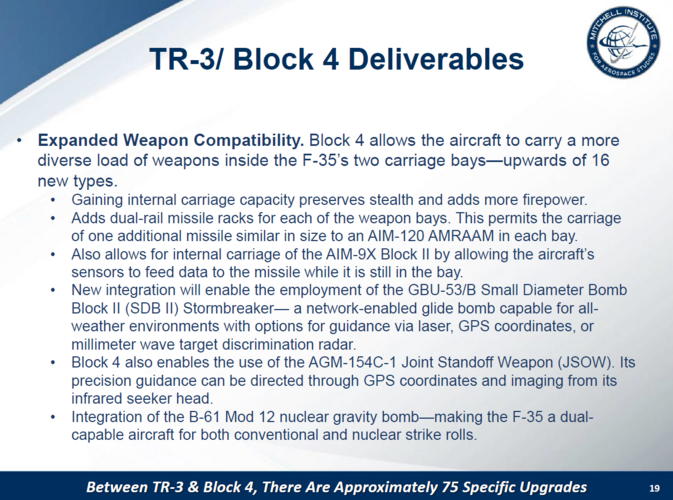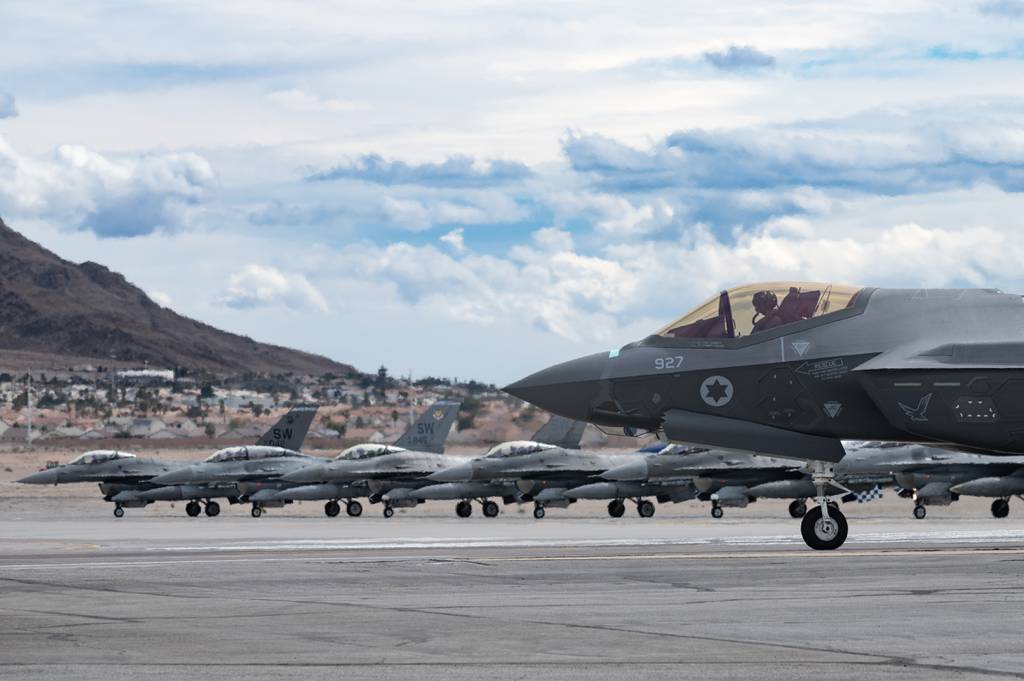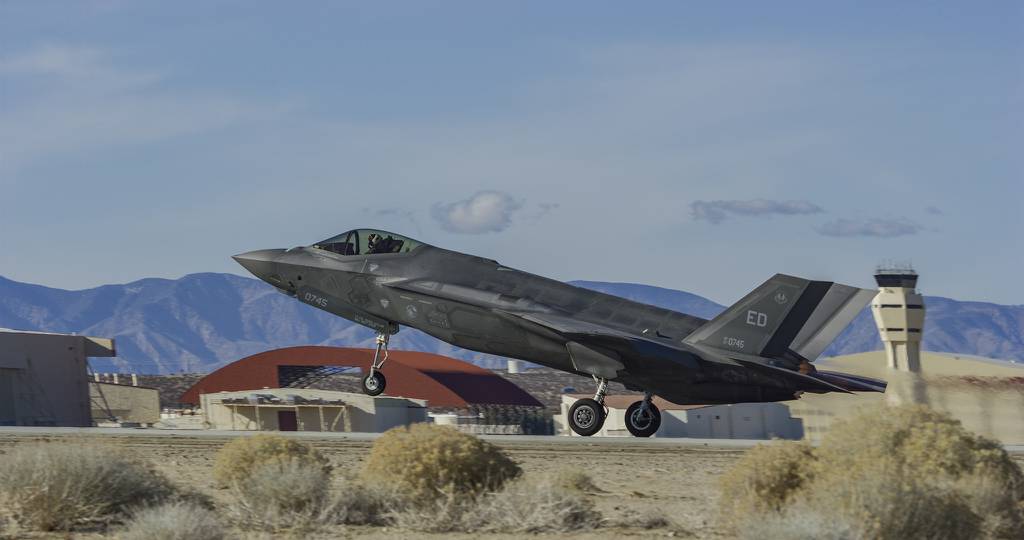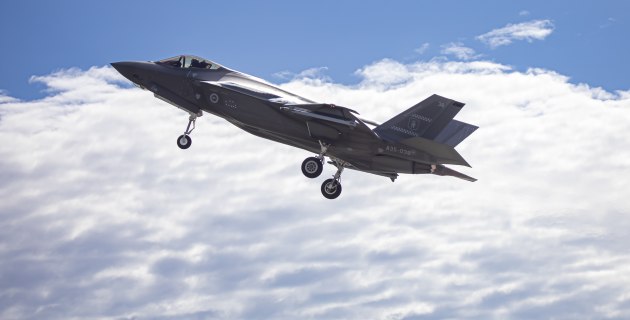Oddly the user, who you think would know, had this as a key capability...the US had AIM-9X as an internal carriage item as well...presumably internal carriage on F-22 makes no sense either...
That must be why the US are looking to re-introduce AIM-9X internal carriage again.... and why the air superiority oriented F-22 has dedicated AIM-9X carriage....
Ok, tell me: are you disappointed that the F-35 cannot carry a GBU-57 internally?
Because, if you are, that would explain to me why you want it to be able to carry the AIM-9 internally as well.
Is the F-35 a B-52? No, that's why it doesn't carry a GBU-57.
Is the F-35 a F-22? Neither, that's why it doesn't carry an AIM-9 internally.
The F-22 was developed following a completely different philosophy, with a different mission set where maneuverability and the ability to dogfight played a key role in the design of the aircraft. Some of those requirements drove costs up to the point at which we find ourselves now, where only 187 production aircraft rolled off the line.
Do you think the F-35 followed the same line of thought when it was drawn up? Is it meant to be able to close in on air targets and dogfight? Or is it meant to network with other aircraft and keep its distance?
Also, care to share the source for your claim that the US is looking to get AIM-9X carried internally? I can't find it anywhere.
You might want to ask the users who originally specced this, or the manufacturer who regularly pumps out material labelling it 'Beast Mode'....
No, I want to ask it to you so that I can understand why you think the way you do.
What use case do you have in mind for internal AIM-9s? What use case do you have in mind for external AIM-120s?
I see no future for a "beast-mode" F-35. It will never get that capability because if you want to keep the aircraft survivable, you don't want to increase its RCS with external carriage. The F-35 will get a "deeper magazine" either through the introduction of CUDA or CCA.
You mean a type that would often carry a self defence Sidewinder? F-35 not being able to carry a SRAAM internally - especially when on a strike mission is a major shortcoming in my view. You don't carry BVR missiles to shoot your way in if you want to sneak in.
Are you aware that the F-35 is meant to be a stealth aircraft?
If you need to use an AIM-9 for self defense, something extremely wrong has happened in 1) your mission planning and 2) your sensors' inability to pick up the threat for which that AIM-9 should be used for.
Or do you think the F-117s needed to carry Sidewinders as well?
Almost the totality of the criticism I'm hearing so far comes from the fact that people don't understand how air warfare and technology have changed in the last 30 years and how much will keep changing and in which directions.
A lot of you are still stuck in the 80s and 90s. If you want to stay mad and complain for the sake of complaining, have fun with that. But if you want to understand why things work the way they do, you should start reading more and keep an open mind rather than continue saying that things suck because they are not what you want them to be.
I can't wait to hear how disappointed you will be when NGAD rolls-out...






